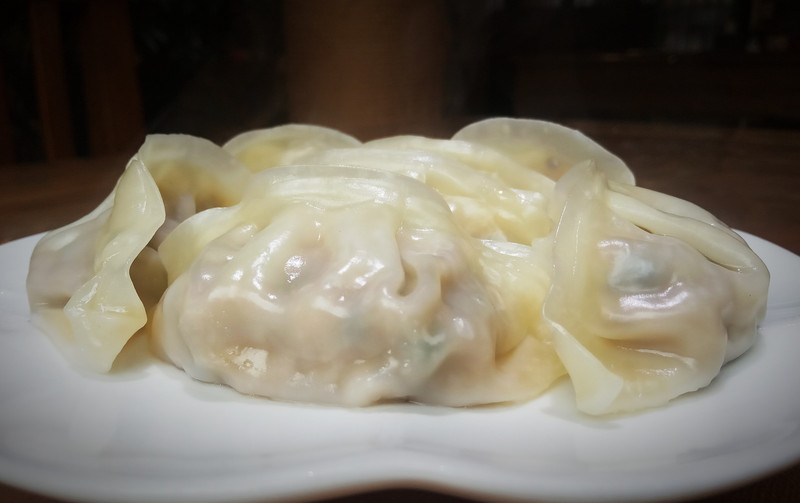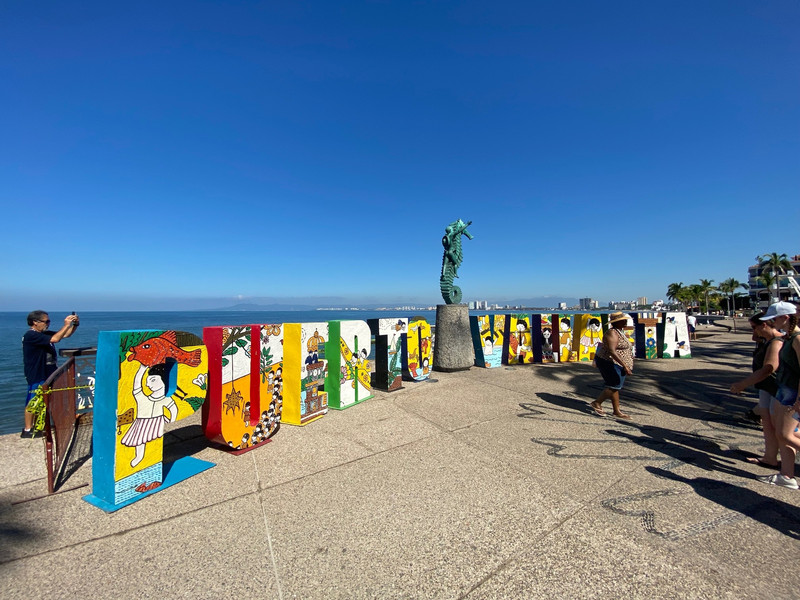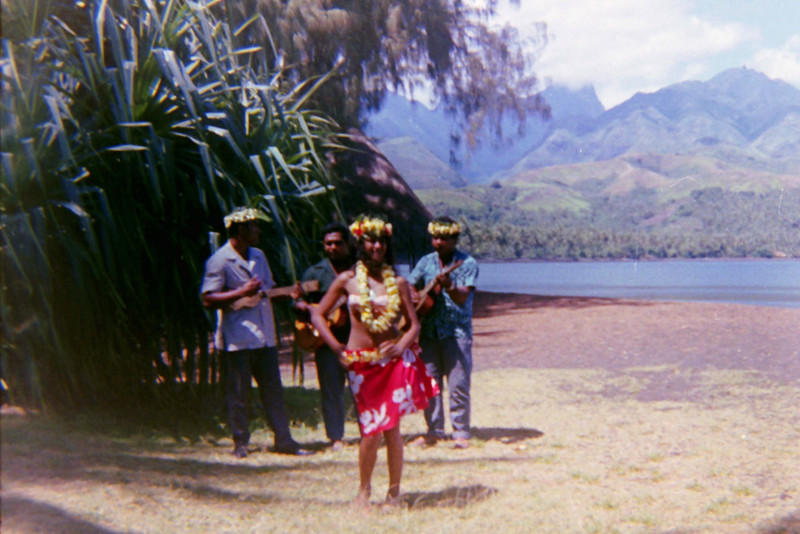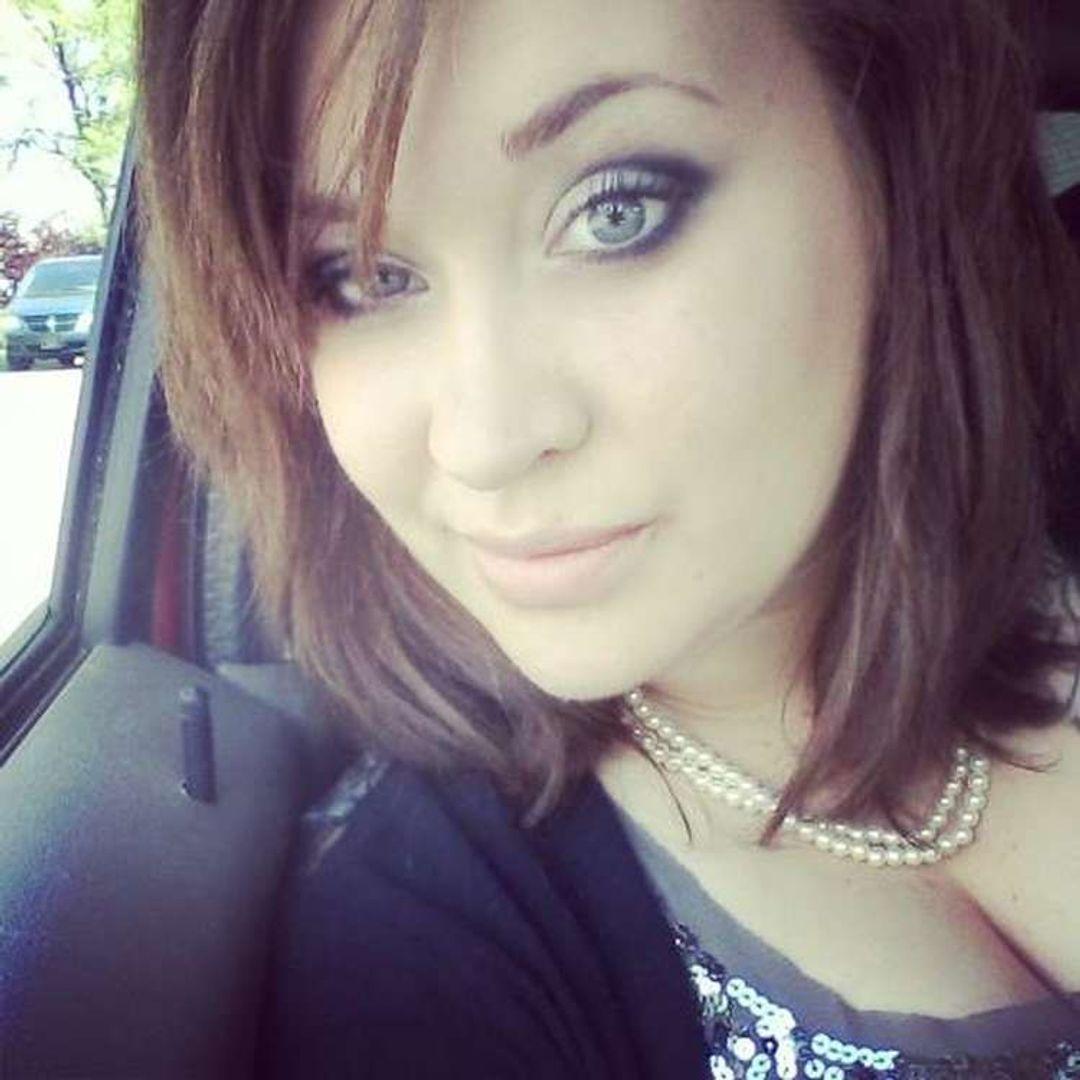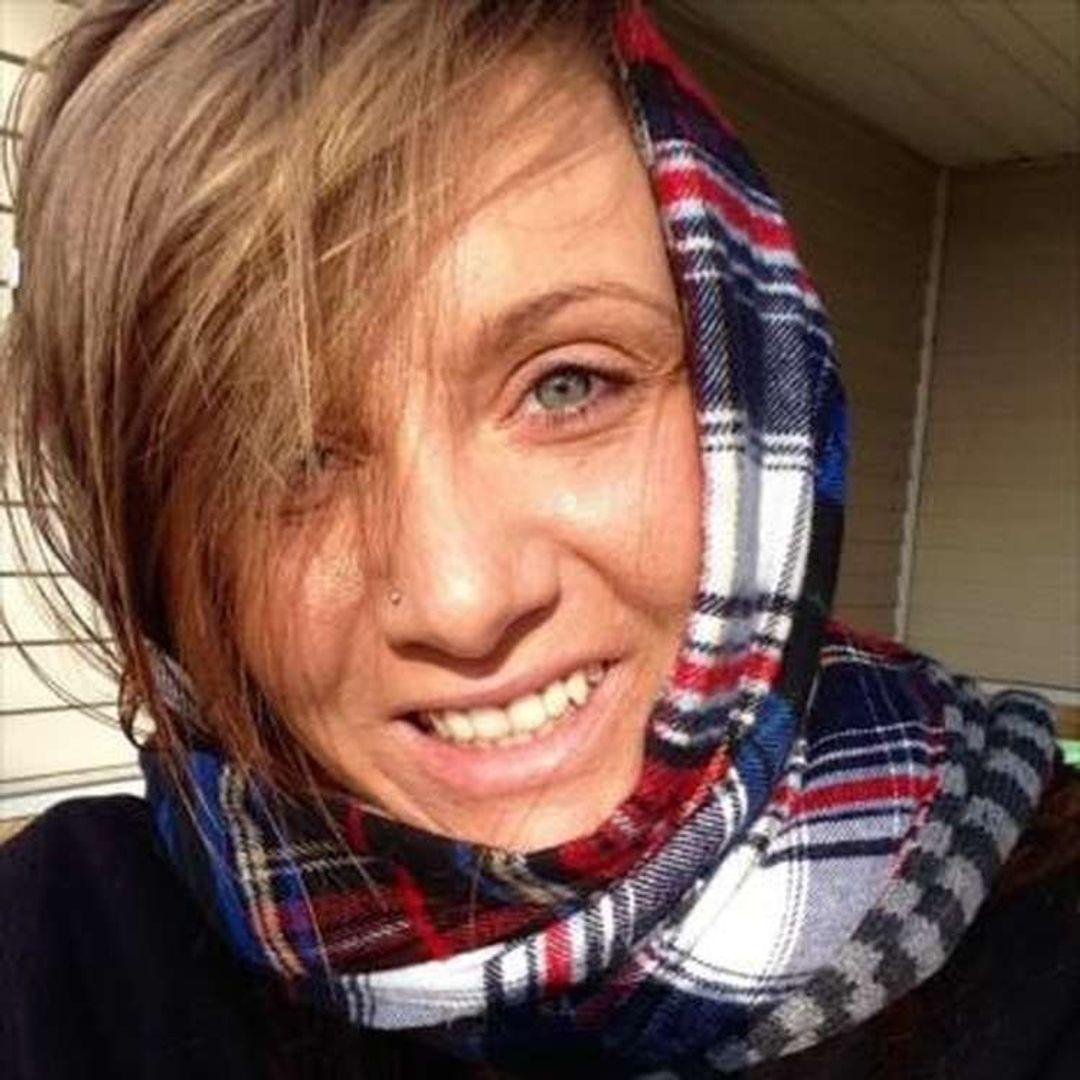Breakfast was included in my guesthouse, so I made my way to the restaurant. I had a nice, strong cup of coffee and fried egg on toast, which was pretty basic but good and filling. The homemade dumplings were the stand out dish. I really, really enjoyed those and could have eaten another plate or two. Looking out the window, the streets were still quiet, it was still early though. To see all the sights in Pingyao, you have to buy ticket that allows you entrance to them all, so I walked down to the main ticket office to get it. When I got there, I was realised that I was buggered as I needed cash to pay and didnt have any. China is pretty much a cashless society and it always trips me up when places dont accept mobile payment. It is usually tourist sites that force you to use cash, too. I was about to go and get some cash when the lovely staff helped me out. I could sign up and pay for the ticket on my phone through the tourist sites WeChat (a kind of Chinese Whats App, but page. Everything is in
Chinese, so the staff guided me through it using the translate function on their own phones so I could get it filled in and pay for it. I wish all staff at tourist sights the world over were this helpful.
I headed off in the direction of the Confucian Temple. The guesthouse owner had marked on a map for me the best attractions that were included in ticket, and this one was close to where I was staying, but in the opposite direction of most of the other sights. I was still surprised that there werent any large tour groups swarming the street. It was quiet with only a few locals about. If you love old looking doors and taking photos of them, you would be happy in Pingyao. As I walked along the street, I kept stopping to take pictures of them, they were all a little different. There were also a lot of national flags and lanterns about. The red made a great contrast to the dull stone walls and wooden gates. The temple dates back to the Zhenguan era of the Tang Dynasty and was first built during the reign of Emperor Taizong in
the 7th century. Most of the present buildings dated from the 12th century. The was pretty big and I spent a good while exploring it. There were lots of little courtyards with small statues and buildings to wander in. I had to avoid one building as it sounded like there was quite the argument going on inside. I was able to climb to the top floor of one of the temples buildings and I got a great view of the rooftops of the Ancient Town. While they are all a rather uniform dark grey, I loved the classical old fashioned look of them and almost made me feel like Id stepped back in time.
From the temple, I headed to the Catholic Church, which was only a short walk away. I had a look around the yard of the church, but didnt venture inside as the church didnt look open. The churchyard was rather dilapidated looking. I think also that the time of year played a part in it looking dilapidated as winter and the air was getting hazy with pollution from the factories in the area. I walked along the citys wall, which was
rather high and the street was quiet apart from the odd There were quite a few abandoned looking buildings so I went for a bit of a nose around those. I didnt go into the buildings, just the overgrown gardens. Its funny how quickly things change as the beautifully restored and maintained buildings on the main street were only a couple of hundred metres away. I made my way to Qinhan Gate, and onto East Street to visit Qing Xu Guan Temple. However, when I got to the temple, I found it all boarded up as restoration work was going on. I was a little disappointed but continued along the street as there were quite a few other attractions to see. The first one I came to was the First Armed Escort in Northern China Museum. to Pingyao, I knew nothing of these armed escort agencies. They were a predecessor to modern security corporations. These escort agencies payments between places and courts.
